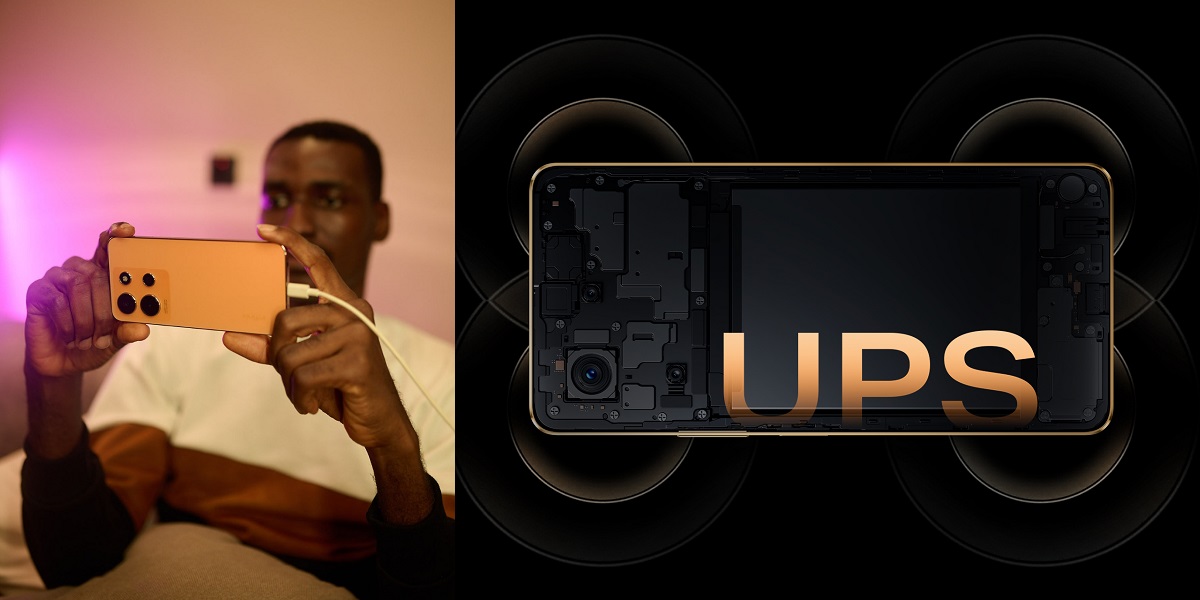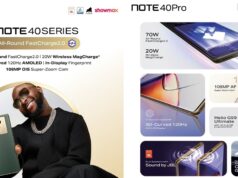It’s no exaggeration to say that smartphones have become a necessity for modern life. By 2023, nearly 7 billion people worldwide are expected to benefit from the convenience brought by smart mobile devices and mobile networks. After several decades of continuous development and improvement, today’s smartphones offers computing performance, camera technology, battery life, charging, and communications features that would have been unthinkable in the not-so-distant past.
Among these features, network connectivity is typically one of the top concerns for smartphone users. Having developed at an incredibly rapid pace too, cell phone networks today cover most urban environments on this planet, enabling billions of people to connect online anytime, anywhere without interruptions. But despite the scale and sophistication of today’s mobile networks, there are still some occasions when connectivity can be suboptimal, often due to factors like poor phone performance or local network infrastructure. This can be of critical importance in times of emergency, when poor network connectivity could result in fatal delays. In such situations, the need for good connectivity becomes all to clear.
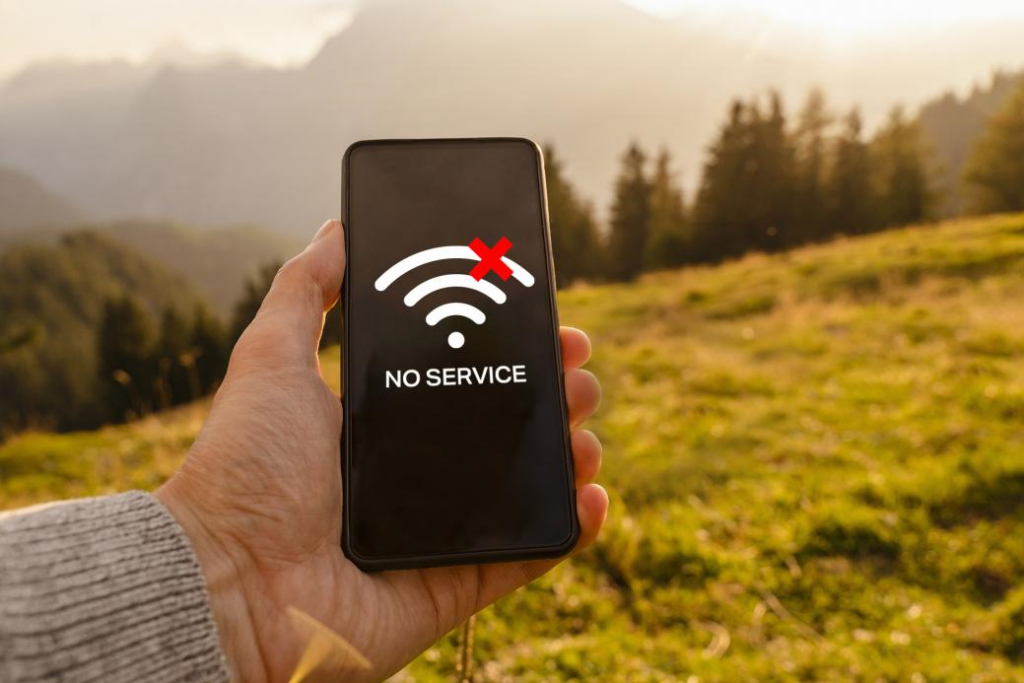
Why does phone signal differ from one device to another?
Mobile communication is a complex process involving multiple components like baseband chips, antennas, and more. When we send a message via WhatsApp, the baseband chip converts this message into an electrical signal and sends it to the nearest base station via radio waves through the phone’s antenna. After receiving the signal, the base station forwards this to the base station closest to the receiver, which then relays the message to the recipient’s phone. The recipient’s phone then converts the electrical signal back into text so that it can be read by our friend.
This of course is a highly simplified version of events. In reality, the radio waves sent by the phones and base stations will encounter a large number of obstacles on their journey, undergoing various forms of refraction, reflection, and diffraction that ultimately cause the signal strength to weaken before it reaches its destination. Walking into an elevator or an underground pass will block most routes for the radio waves to travel, and crowded places — where hundreds or even thousands of similar signals are flying around at the same time — can cause interference. Even holding a phone horizontally when playing games or watching videos can block the phone’s antenna. Together, these everyday situations have a large impact on signal strength, leading to stuttering phone calls, forever-loading web pages, and even full disconnection.
No two phone models are built the same, and signal performance can vary dramatically between different smartphones depending on their specific hardware and the user scenario in question. Excellent hardware no doubt forms the foundation for smooth network connectivity, but it is the effective use of software and signal processing algorithms that ensure this hardware remains effective in a variety of different situations.
Stable connectivity is only possible on flagship smartphones, right?
Despite being such an essential feature, not every smartphone is able to provide consistently good network connectivity. Given their high level of sophistication, certain technologies designed to improve connectivity are only available on high-end flagship models. However, with entry-level and mid-range smartphone users accounting for a higher proportion of users than those with high-end smartphones, it seems only fair that these users also have access to the same level of smooth connectivity.
Following extensive research into real user experiences, Infinix has developed Ultra Powerful Signal (UPS) — a new technology that makes its debut on the latest NOTE 30 series. Through innovative hardware and software design and algorithmic optimizations, UPS improves connectivity in everyday scenarios such as underground environments, elevators, and suburban locations, or those in which the phone is held horizontally, bringing users flagship-level connectivity on a mid-range device.
Enjoy a more stable connection with Infinix UPS
The UPS technology featured on the NOTE 30 series has been developed in house by Infinix based on an in-depth analysis of user scenarios. By enhancing antenna performance, optimizing mainstream frequency band signals, automatically adapting the antenna allocation based on the phone holding position, and providing algorithmic tuning for specific scenarios, UPS improves connectivity in a wide range of everyday situations.
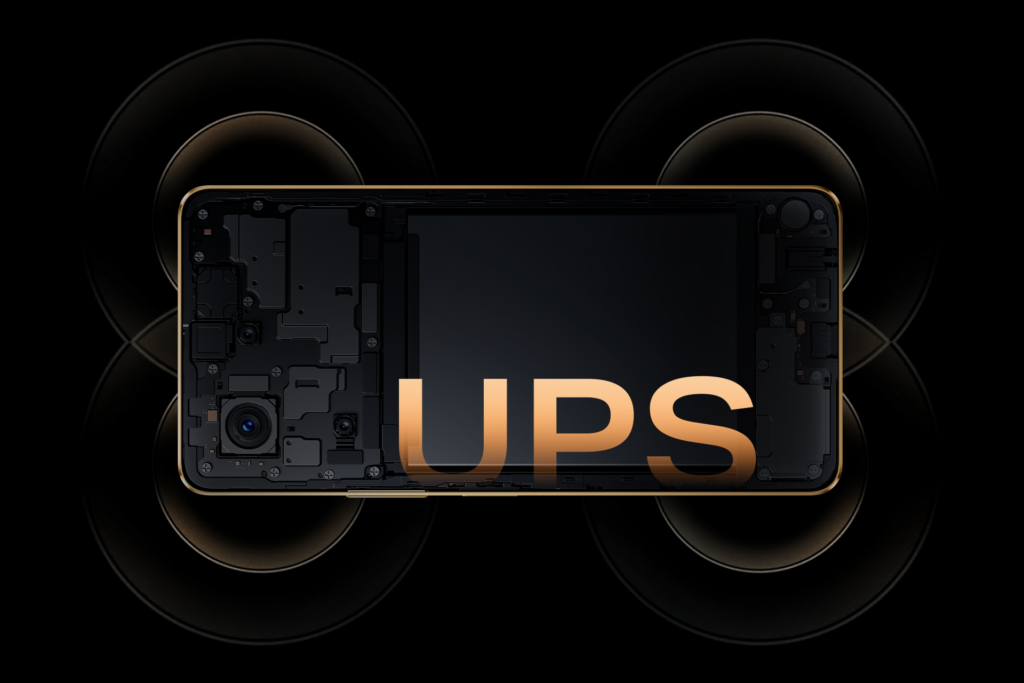
On the NOTE 30 5G, Infinix has implemented a 4×4 MIMO antenna design that uses four antennas to send and receive data between base stations, significantly improving data throughput and enhancing signal coverage range and strength. The internal antenna architecture has also been redesigned to increase the antenna surface area and reduce electromagnetic interference between the antenna and other components to deliver enhanced antenna performance and signal reception.
UPS also features software innovations designed to optimize the multiple antenna architecture. These enable functions such as smart antenna switching, which allocates the most stable connection between mobile networks and Wi-Fi by monitoring the way in which the phone is being held in real time. Infinix has also conducted hundreds of simulations on different phone holding position in different scenarios, particularly focusing on the way phones are held horizontally when playing games. Thanks to the inclusion of UPS technology, the NOTE 30 series delivers a 20-40% increase in signal strength and a 100% increase in Wi-Fi signal, enabling gamers to say goodbye once and for all to mid-game lag and dropout.
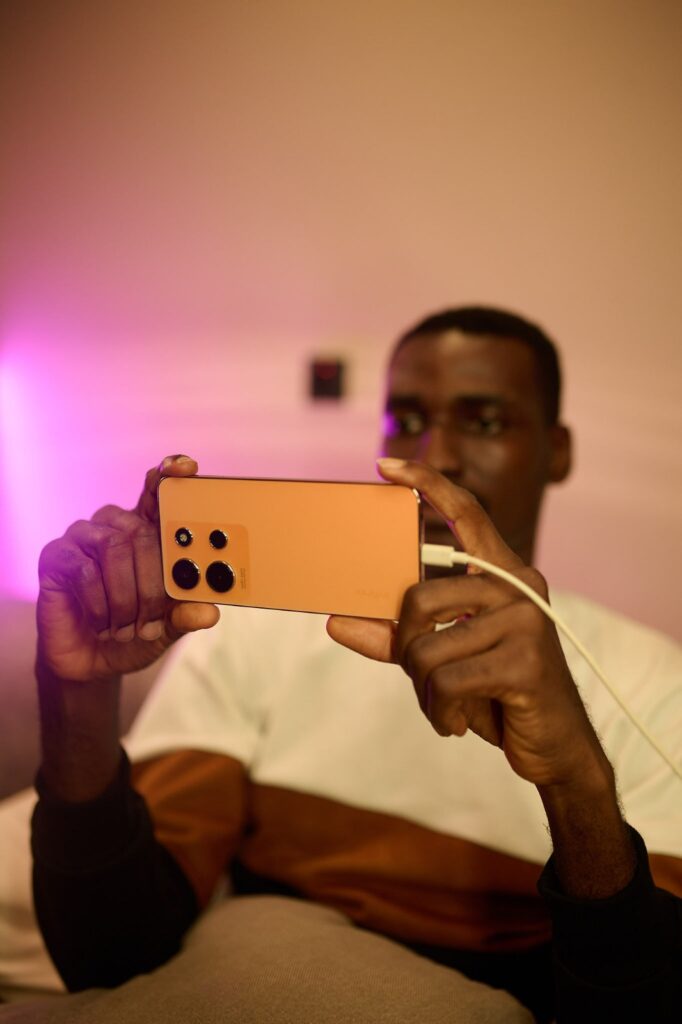
In addition to hardware improvements, UPS technology also introduces a HyperSignal tuning algorithm to improve connectivity in elevators, basements, and other environments in which weak signal and unstable connections can be commonplace. In enclosed spaces such as elevators, HyperSignal can help to quickly switch the phone back to 4G and 5G networks from 2G and 3G and restore network status from weak to strong. This leads to a 32% reduction in the time needed to establish a network connection and improves mobile data throughput by 30%. Additionally, for scenarios in which latency can have a big impact on the user experience — think TikTok and MOBA games —UPS’s smart acceleration function can concentrate all network resources on the application that is active in the foreground. This ensures that, even with limited bandwidth, users can enjoy their current application without interruptions, including streaming uninterrupted video in an area with just 1-2 bars of signal.

Innovations built on user insights
As young users continue to seek more from their smartphone experience, Infinix remains commitment to developing in-house innovations built on real user experiences. The introduction of UPS technology on the NOTE 30 series brings unprecedented network connectivity capabilities that enable users to enjoy a flagship-level smartphone experience on a mid-range product. Together with Infinix’s All-Round Fast Charge, the new NOTE 30 series helps you Take Charge and stay connected with the world 24/7.
Infinix Note 30 series is available at authorized retail outlets across Nigeria. Follow Infinix Nigeria on social media for more information about the Note 30 Series.
- Instagram: @Infinixnigeria
- Twitter: @Infinixnigeria
- Facebook: @InfinixMobile
- Tiktok: @infinixng


